What is a Prefab House Factory?
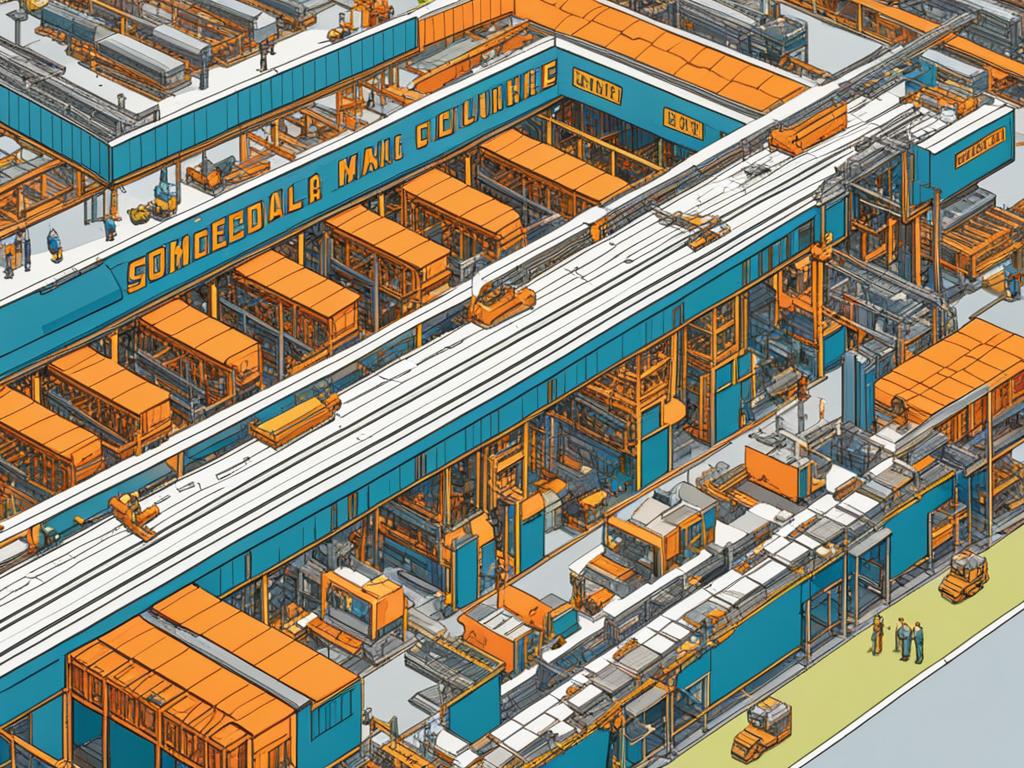
Prefab construction, also known as prefabrication, is the process of building homes or buildings using manufactured panels or sections. These panels are like Lego-style building blocks that can be quickly assembled. Prefab homes have been around since the early 20th century and are a cost-effective option that reduces labour overheads and increases safety parameters.
Prefabricated homes can be built at the factory and then transported to the final destination, or parts of the prefab can be completed off-site before being delivered. The factory-built homes allow for tighter control in managing costs, fixed prices, and deadlines, making them attractive to customers with specific budgets and timelines.
Key Takeaways:
- Prefab construction uses manufactured panels or sections for quick assembly.
- Prefab homes reduce labour and increase safety.
- Factory-built homes offer cost control and fixed timelines.
On-Site vs. Off-Site Construction
In the world of prefab construction, there are two main methods: on-site construction and off-site construction. Let’s dive into the differences and benefits of each approach.
On-Site Construction
In on-site construction, prefab components are delivered to the final destination and assembled using panels instead of traditional stick framing. This method follows the traditional construction process but with the advantage of using prefab elements.
On-site construction offers flexibility and adaptability as the components are assembled on-site. It allows for adjustments and modifications during the construction process. Additionally, it is suitable for projects that require customization and unique design features.
Off-Site Construction
Off-site construction, also known as modular construction, involves pre-assembly of the house in a factory setting. The components are manufactured in a controlled environment, ensuring higher engineering standards and precision.
The advantages of off-site construction are numerous. First and foremost, construction in a factory eliminates the impact of weather conditions, resulting in faster and more efficient construction timelines. The controlled environment also ensures consistent quality and reduces setbacks caused by delays.
Another benefit of off-site construction is the ability to streamline the construction process. The components are fabricated off-site, allowing for simultaneous on-site preparation and foundation work. This approach can significantly reduce the overall construction time.
Choosing the Right Approach
When deciding between on-site and off-site construction, it is crucial to consider your specific needs, timeline, and budget. On-site construction offers more flexibility for customization, while off-site construction provides faster build times and consistent quality.
Additionally, it’s important to note that not all prefabs can be completed off-site due to regulatory requirements. The construction method may depend on local building codes and regulations.
Ultimately, partnering with a reputable prefabrication company that specializes in both on-site and off-site construction can help you navigate the options and make an informed decision based on your unique circumstances.
If you’re interested in visualizing the difference between on-site and off-site construction, take a look at the image below:
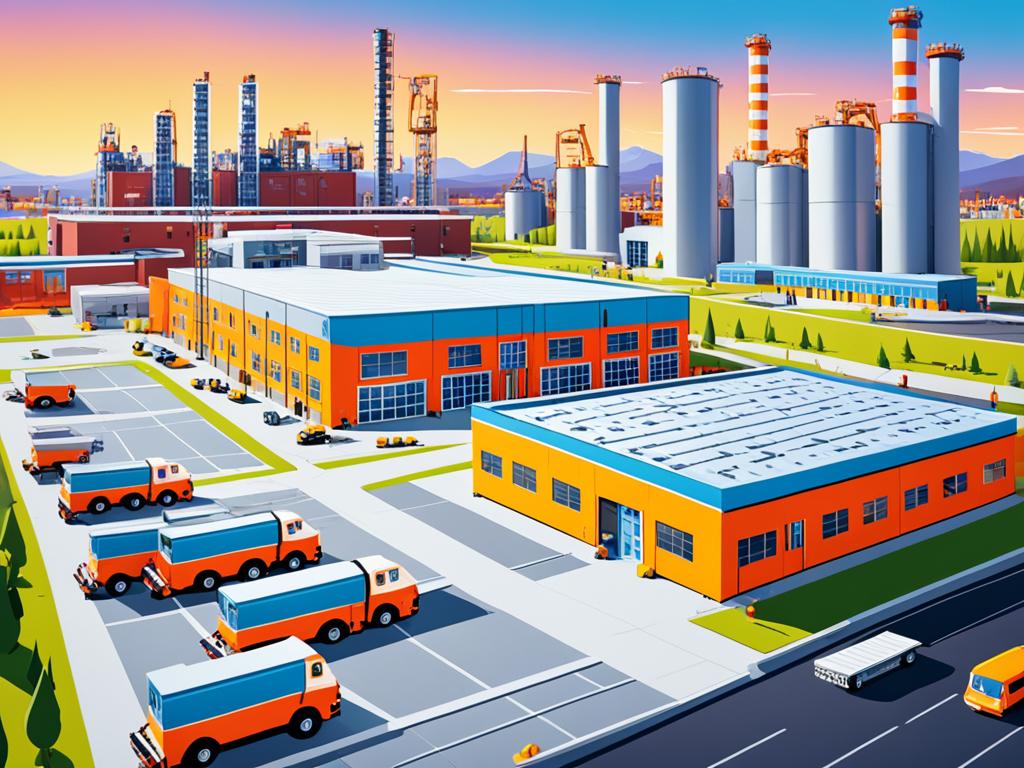
In the next section, we will explore the various benefits of prefab homes. Stay tuned!
Benefits of Prefab Homes
Prefab homes offer several advantages over traditional construction methods. One of the key benefits is the significantly shorter build times. Unlike traditional homes that can take months to complete, prefab homes can be built in a matter of weeks. This applies to both on-site and off-site construction methods, making it a time-efficient choice for homeowners and builders.
The predictability of prefab homes is another advantage. With prefabrication, costs and timelines are easier to manage, reducing stress and uncertainty. The construction of prefab homes off-site eliminates delays caused by adverse weather conditions, ensuring that the project stays on track and avoids unnecessary setbacks.
In addition to their efficiency, prefab homes also offer opportunities for rental income. Homeowners can consider building accessory dwelling units (ADUs) as separate living spaces on their property, which can be rented out for additional income. This makes prefab homes a versatile investment option for those looking to maximize their returns.
Overall, prefab homes provide a faster, more predictable, and stress-free construction process compared to traditional methods. The benefits of shorter build times, cost predictability, and potential rental income make prefab homes an attractive choice for both homeowners and builders.
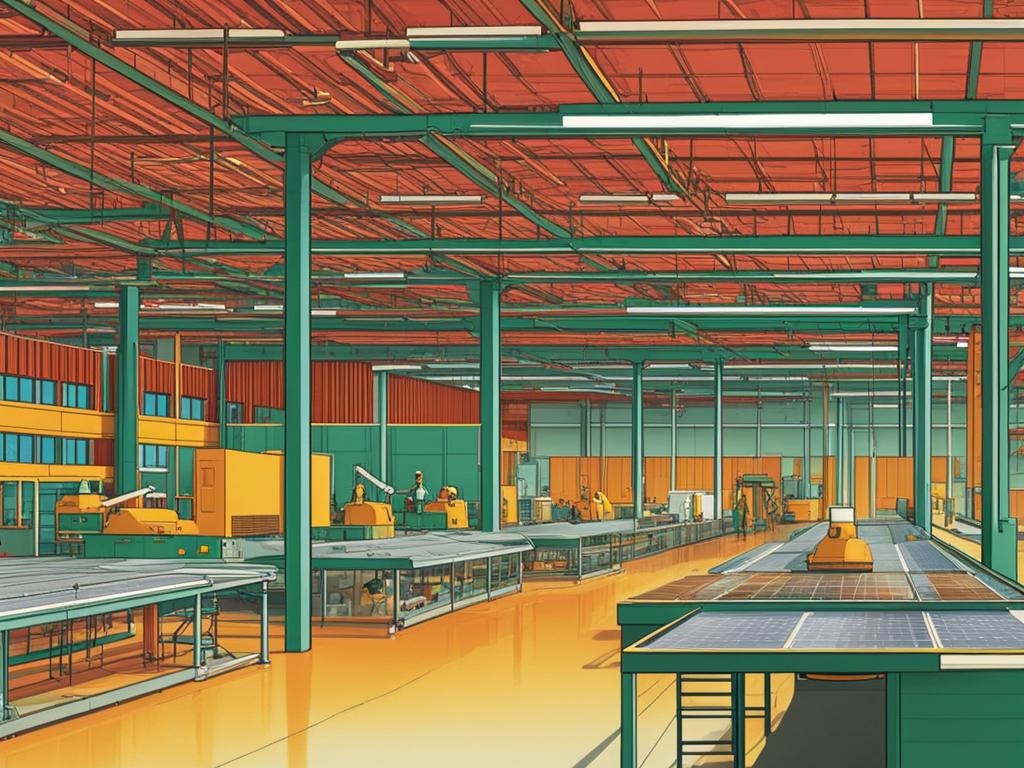
Customization Options for Prefab Homes
- Fixed packages with templated floor plans allow for some customization in the interior, such as flooring and fixtures. This means you can personalize your prefab home to suit your taste and style. Whether you prefer hardwood floors or plush carpets, modern fixtures or vintage accents, prefab providers offer options to customise your living space.
- Luxury prefab house manufacturers take customization a step further by offering the option to create a bespoke prefab house from scratch. This means you can work with the manufacturer to design a home that perfectly matches your vision. From the layout and architecture to the choice of materials and finishes, the customization possibilities are endless.
When considering prefab homes, it’s important to note that the level of customization may vary depending on the manufacturer and the specific package chosen. Some prefab providers offer a range of pre-designed options with limited customization, while others provide more flexibility for you to create a truly unique home.
If you have a specific vision in mind and want complete control over the design and aesthetics of your home, opting for a luxury prefab house manufacturer may be the best route. These manufacturers often have a team of architects and designers who can bring your ideas to life, resulting in a one-of-a-kind prefab home that reflects your individuality and style.
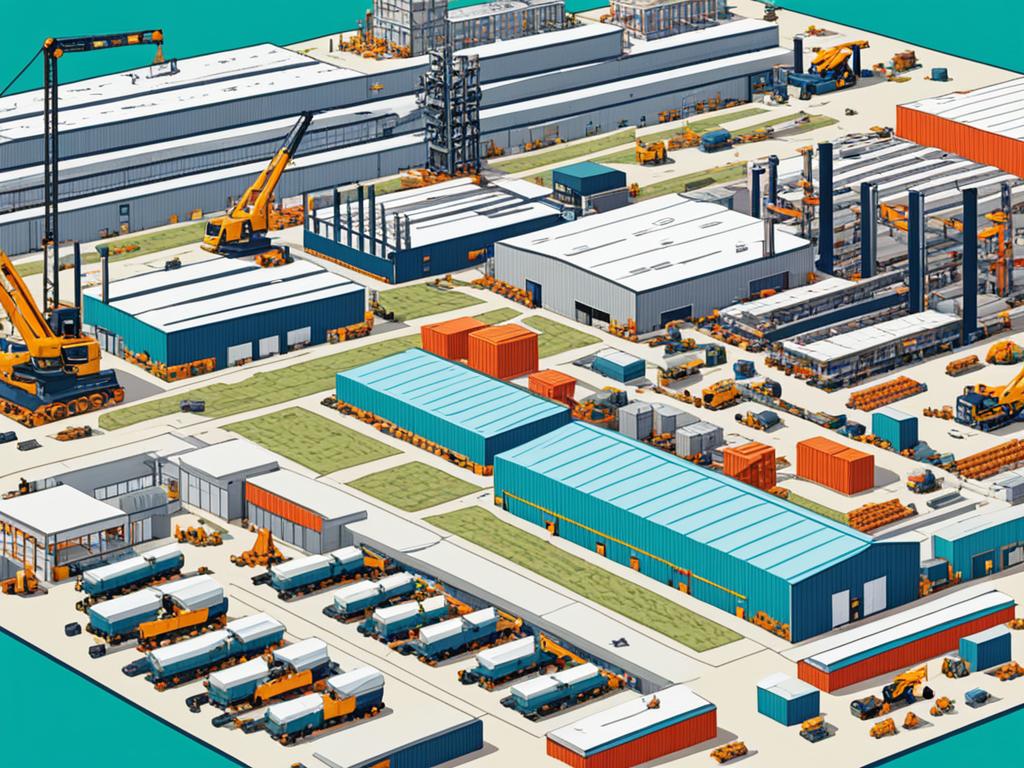
Investment Potential of Prefab Homes
The investment potential of prefab homes depends on various factors. As with traditional homes, the long-term return on investment (ROI) for prefab homes largely depends on market conditions and the sale price of the property. If the property market is strong, prefab homes, like their traditional counterparts, have the potential to appreciate in value over time.
Renting out a prefab home can also provide an additional source of income. Whether you decide to use it as a long-term rental property or a short-term vacation rental, prefab homes offer flexibility for generating rental income.
Another advantage of prefab homes is their environmentally friendly nature. The construction process of prefab homes reduces the carbon footprint compared to traditional construction methods. Additionally, prefab homes are known for their energy efficiency, thanks to their insulation properties. This can lead to lower energy bills in the long run, making prefab homes an attractive investment option in terms of sustainability and cost savings.
Investment Potential Summary:
- Prefab homes have the potential to appreciate in value over time, depending on the property market.
- Renting out a prefab home can provide additional income.
- Prefabs are environmentally friendly, reducing the carbon footprint during construction.
- Prefab homes offer energy efficiency, resulting in lower energy bills.
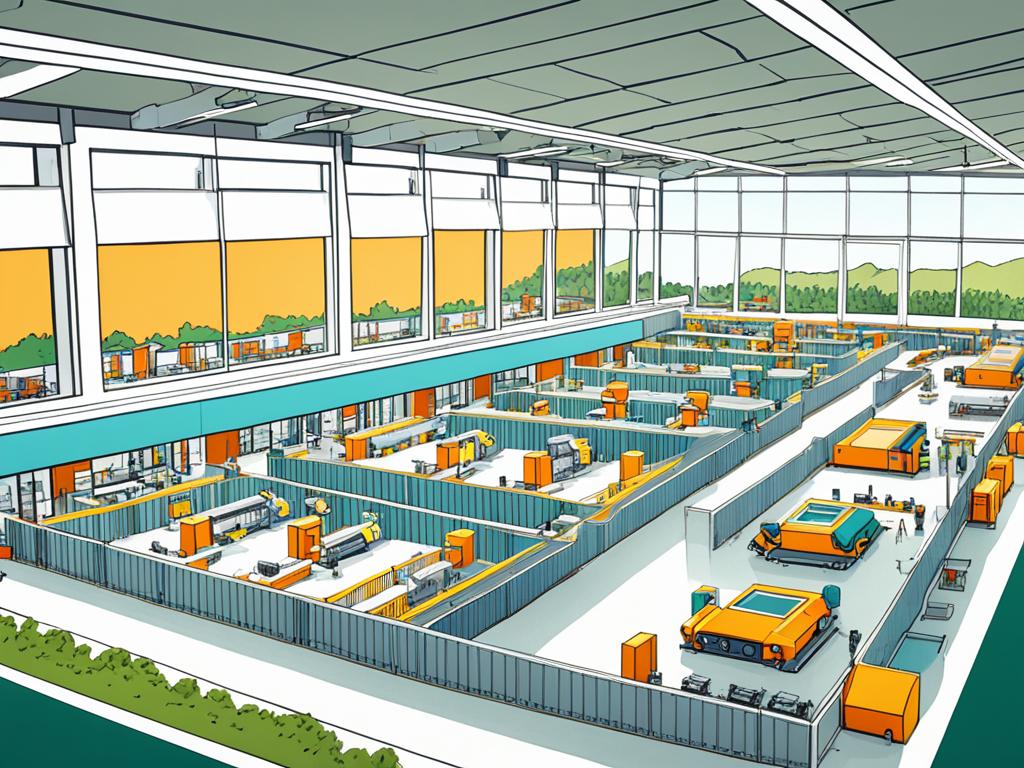
Is Prefab the Same as Modular Homes?
While prefab homes and modular homes are similar, there are distinct differences between the two. Prefab homes can be built using various methods, including modular construction. Modular homes are specifically built in a factory setting and are never subjected to weather conditions before construction and delivery. They are built in large sections or modules that are joined together on-site to form a complete building. Prefab homes, on the other hand, can be constructed on-site using panels or sections delivered to the final destination.
Modular homes offer a higher degree of standardization, quicker assembly times, and are typically used for larger developments. Prefab homes, on the other hand, provide more flexibility in terms of construction methods and can adapt to different site conditions. Both options have their advantages and are suitable for various construction projects.
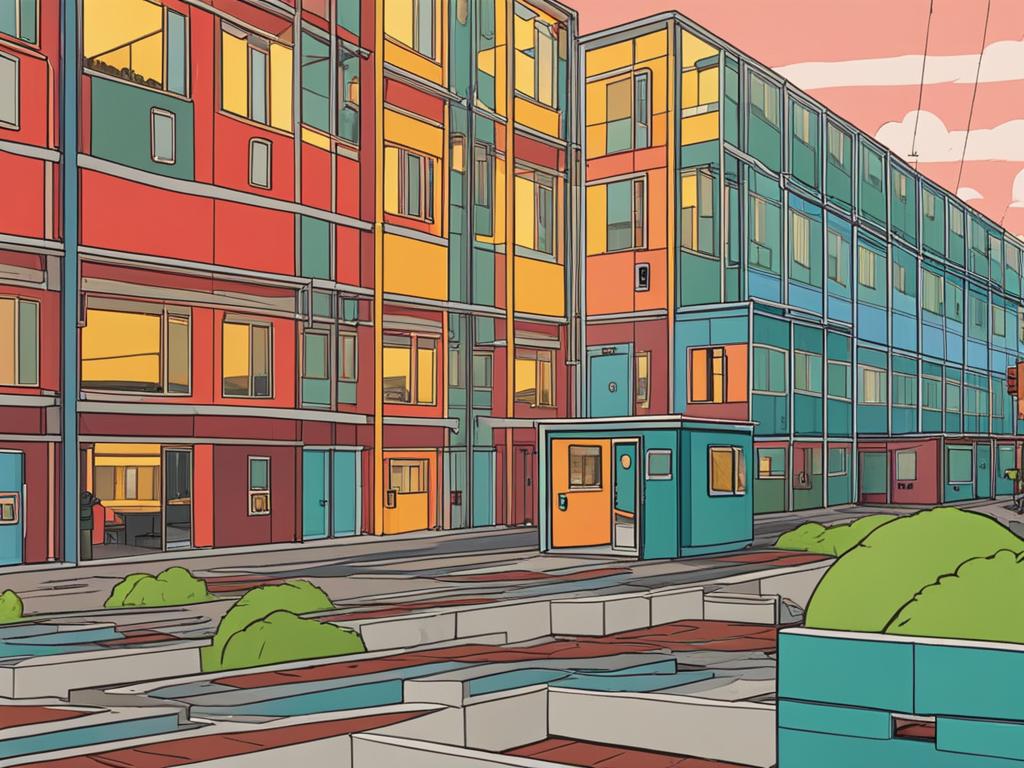
When it comes to choosing between prefab and modular homes, it’s important to consider factors such as project size, budget, timeline, and desired level of customization. Consulting with a reputable prefabrication company or prefab house factory can help provide insights and recommendations based on specific project requirements. Understanding the differences between prefab and modular homes is crucial to making an informed decision and ensuring a successful construction project.
Conclusion
Prefab house factories offer efficient ways to construct homes and buildings using prefabricated panels or sections. With shorter build times and predictability in cost and timelines, prefab homes provide a cost-effective solution for homeowners and builders. Their potential for rental income and investment appreciation adds to their appeal. Furthermore, customization options are available, allowing homeowners to create their dream homes.
While prefab and modular homes share similarities, they differ in the construction process. Prefab homes can be constructed on-site using panels or sections, while modular homes are built in controlled factory settings and delivered as complete modules. This distinction determines their assembly time and standardization.
Overall, prefab homes offer an environmentally friendly option for those looking for efficiency and sustainability. By reducing construction time and costs, prefab houses benefit homeowners and builders alike. Their value appreciation over time further solidifies them as a wise investment. With prefab homes, homeowners and builders can enjoy a faster, more cost-effective, and eco-friendly construction option.
FAQ
What is a Prefab House Factory?
A prefab house factory is a manufacturing facility that produces prefabricated homes or buildings using manufactured panels or sections. These panels are like Lego-style building blocks that can be quickly assembled.
What is the difference between on-site and off-site construction?
On-site construction refers to the traditional method where prefab components are delivered to the final destination and assembled on-site using panels. Off-site construction, on the other hand, involves the pre-assembly of the house in a factory setting before being transported to the final destination.
What are the benefits of prefab homes?
Prefab homes offer shorter build times, predictable costs and timelines, and reduced delays caused by weather conditions. They can also be used for rental income opportunities.
Can prefab homes be customized?
Many prefab providers offer fixed packages with templated floor plans that allow for some customization in the interior, such as flooring and fixtures. Luxury prefab house manufacturers may offer the option to create a bespoke prefab house from scratch.
What is the investment potential of prefab homes?
The long-term return on investment (ROI) for prefab homes depends on market conditions and the sale price of the home. Prefab homes appreciate in value over time, especially in a strong property market. Renting out a prefab home can also provide additional income.
Is prefab the same as modular homes?
While prefab and modular homes are similar, there are distinct differences between the two. Prefab homes can be built using various methods, including modular construction. Modular homes are specifically built in a factory setting and are never subjected to weather conditions before construction and delivery.

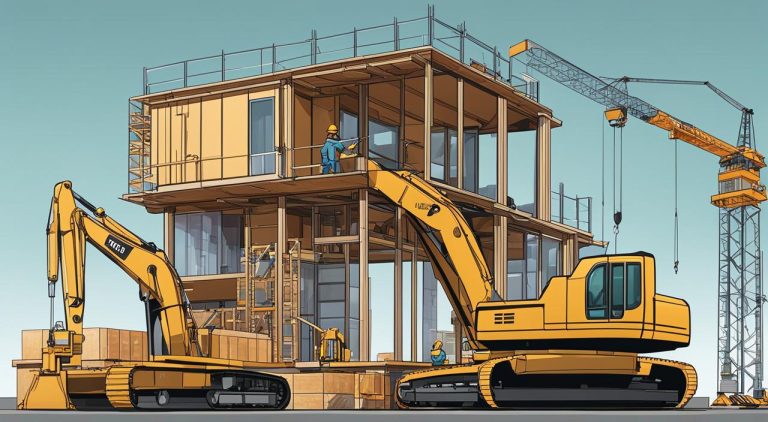
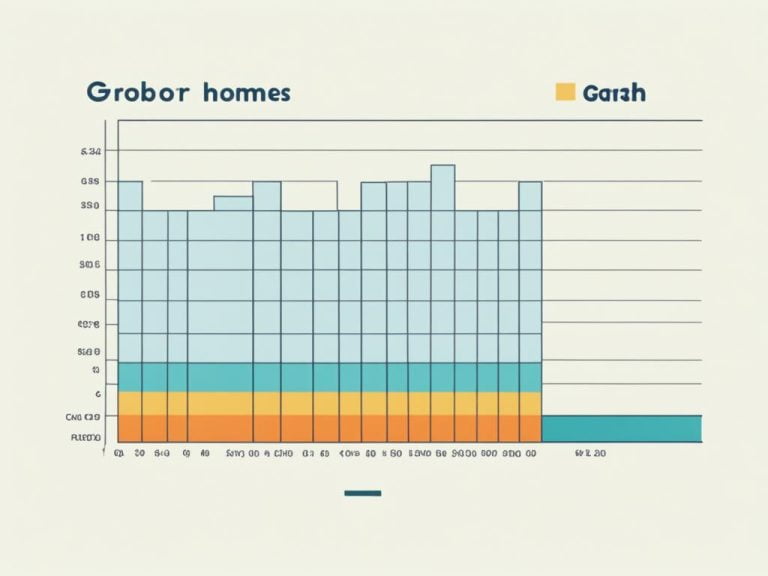
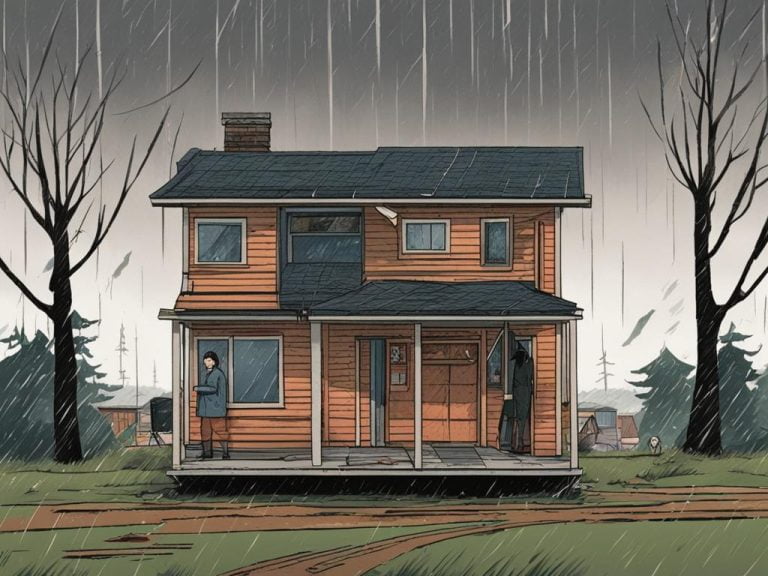
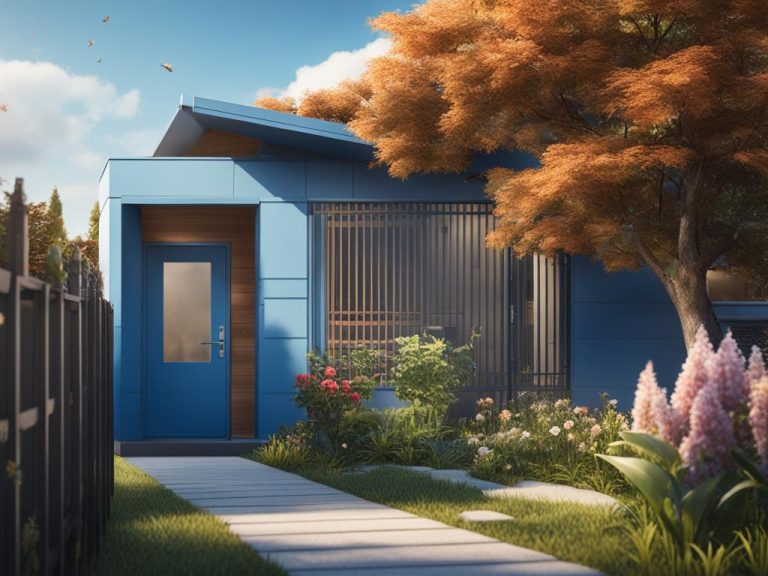
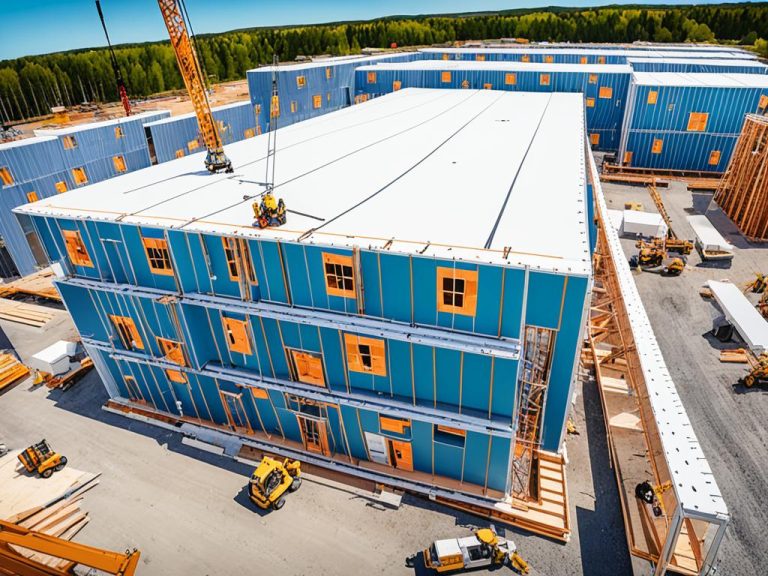
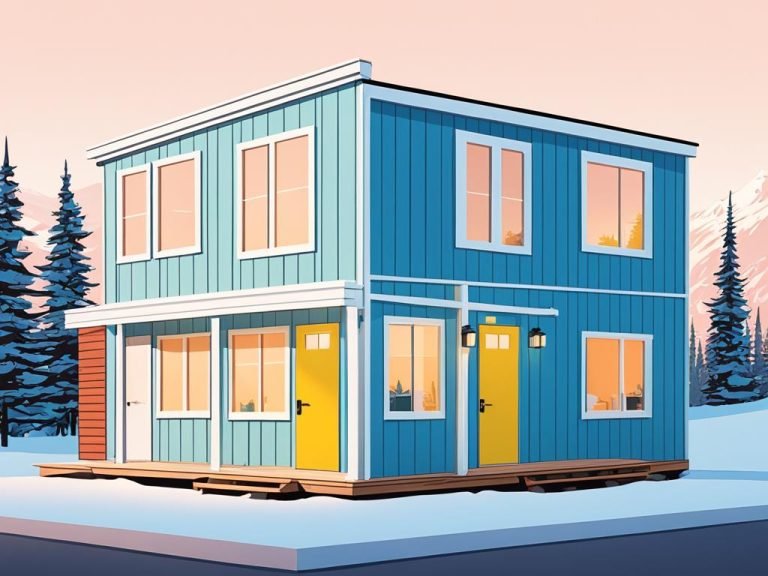
Your article helped me a lot, is there any more related content? Thanks!
Thanks for sharing. I read many of your blog posts, cool, your blog is very good.